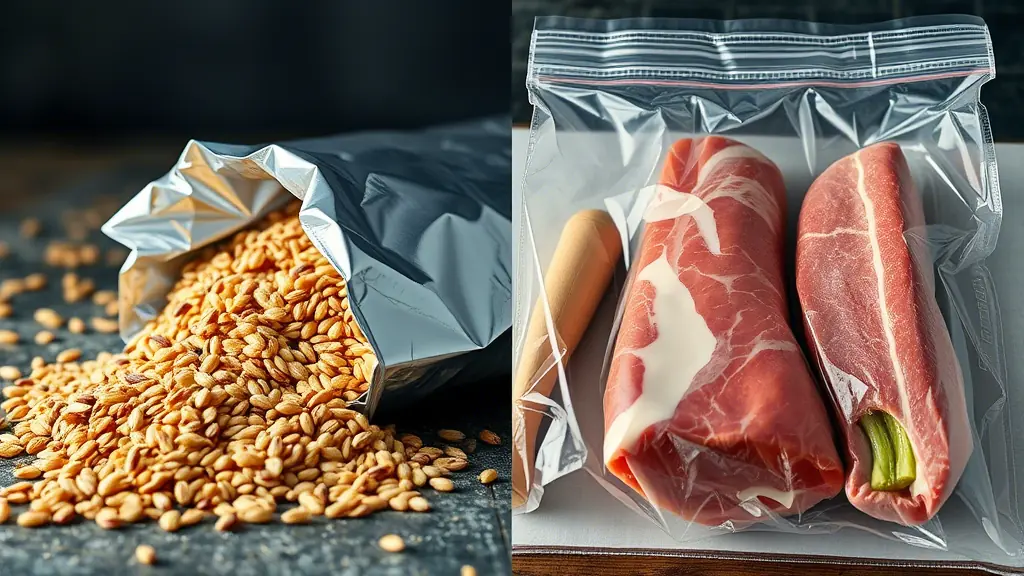
When it comes to preserving food, both Mylar bags and vacuum-sealed bags offer effective solutions—but they work in very different ways. Understanding their strengths and limitations will help you choose the best method for your storage needs.
Mylar Bags: Best for Long-Term Dry Storage
Mylar bags are made from a specialized material called BoPET (biaxially-oriented polyethylene terephthalate). These multilayer bags act as powerful barriers against air, light, and moisture—three major factors that cause food spoilage. When used with oxygen absorbers and sealed properly with a heat sealer, Mylar bags can keep dry foods fresh for up to 25 years.
Ideal for:
·Grains (like rice)
·Legumes
·Pasta
·Flour and sugar
·Dried herbs or cannabis
Pros:
·Excellent for long-term storage
·Protects flavor and nutrients
·Lightweight and easy to store
·Extremely resistant to environmental exposure
Cons:
·Not suitable for wet or fresh foods
·Can tear if handled roughly
·Requires heat sealing equipment and oxygen absorbers
·Typically single-use
Vacuum Sealing: Best for Fresh and Frozen Foods
Vacuum sealing involves removing air from the packaging before sealing it shut, which helps slow down spoilage. It works well for both dry and moist foods and is especially effective for short- to mid-term storage and freezer use.
Ideal for:
·Meats
·Vegetables
·Leftovers
·Cheese
·Prepared meals
Pros:
·Preserves freshness for 2–3 years depending on the food type
·Prevents freezer burn
·Quick and easy sealing process
·Some bags can be resealed
Cons:
·Not as durable as Mylar over long periods
·Air can slowly seep in over time
·Requires a vacuum sealing machine
·Replacement bags may be costly
Shelf Life and Food Quality
Mylar Bags:
Offer superior protection for dry foods stored over decades. With oxygen absorbers, they maintain flavor, color, and nutritional value by blocking out air, moisture, and light.
Vacuum Sealing:
Suitable for shorter timeframes—usually up to 2 or 3 years. It helps maintain texture and taste, particularly for frozen items, but is not designed for ultra-long storage.
Cost and Equipment Considerations
Mylar Bags:
Affordable and highly effective for bulk storage, but require a heat sealer and oxygen absorbers. While the bags are inexpensive, they are often not reusable.
Vacuum Sealing:
Has a higher upfront cost due to the need for a vacuum sealing machine. The bags themselves tend to be more expensive and are usually single-use, though some models allow resealing.
If you’re on a budget and storing large quantities of dry goods for long periods, Mylar bags are more cost-effective. For flexible, short-term storage—especially for fresh or frozen items—vacuum sealing may justify the investment.
Suitability by Food Type
Choose Mylar Bags For:
·Long-term storage of dry goods like beans, grains, flour, and pasta
·Items that need to be stored away from moisture and light
Choose Vacuum Sealing For:
·Short- or mid-term storage of perishable items like meat, vegetables, or cooked meals
·Foods that will be frozen and benefit from protection against freezer burn
Mylar bags are not suitable for moist foods, which can spoil without refrigeration or proper treatment. Vacuum sealing provides a tighter seal for wet foods but lacks the longevity of Mylar bags.
Ease of Use and Practicality
Mylar Bags:
Require some setup, including adding oxygen absorbers and sealing with a heat source. Once sealed, they’re not easy to open and reseal, which makes them better suited for long-term, one-time storage.
Vacuum Sealing:
Offers convenience and speed. The process is mostly automated, and the bags can often be resealed, making them ideal for everyday use and meal prep.
Final Thoughts
Both Mylar bags and vacuum sealing offer reliable food storage, but the best option depends on your specific goals:
For decades-long preservation of dry foods: Choose Mylar bags.
For short-term use and freezing fresh items: Go with vacuum sealing.


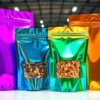
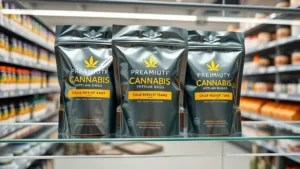
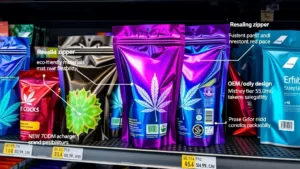
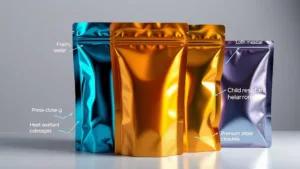
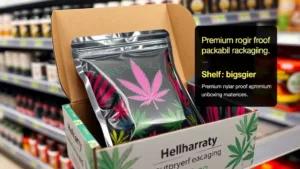
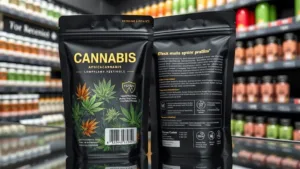
Add comment